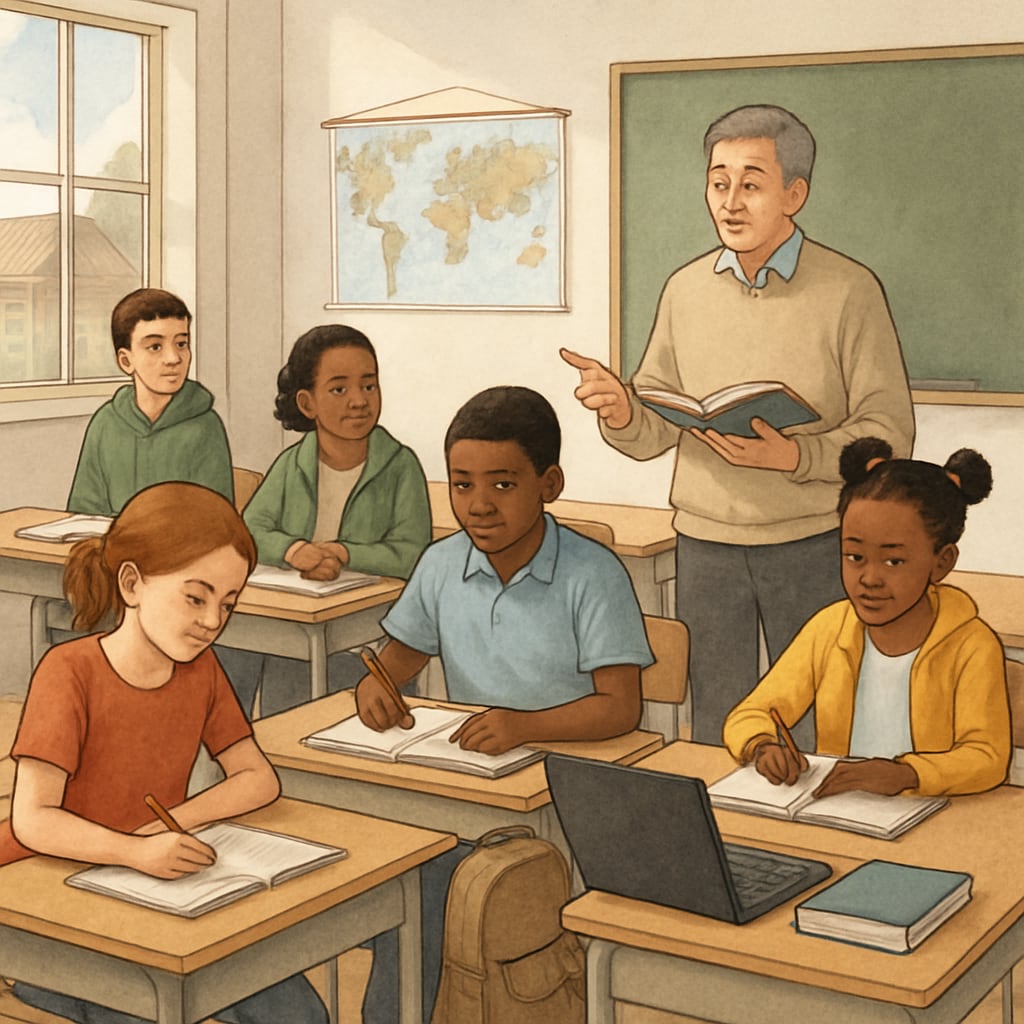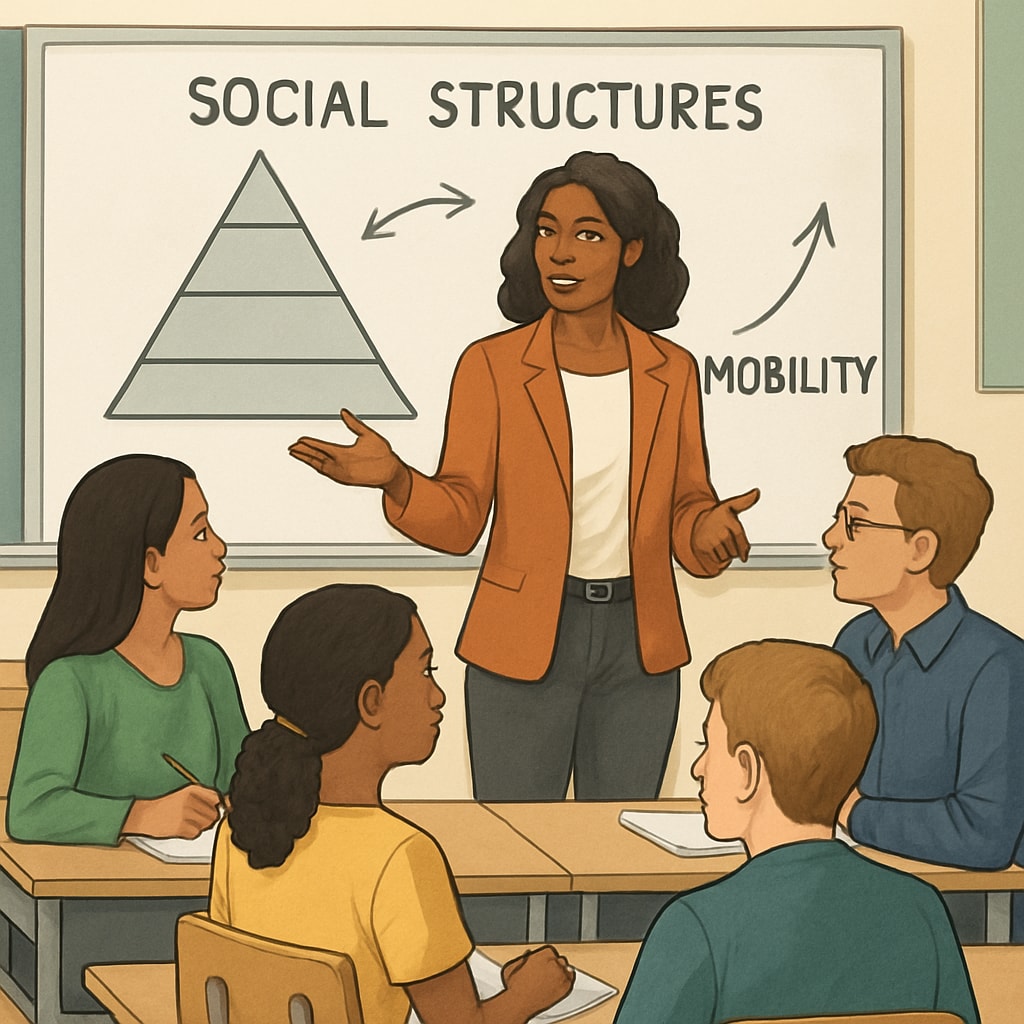In the context of K12 education, the depiction of social class as a “rigid system” often sparks debates among educators and sociologists. This portrayal, while highlighting the challenges of inequality, risks oversimplifying the complexities of social mobility. By framing social class solely as immovable, educators may unintentionally limit students’ understanding of the broader societal mechanisms that enable movement between classes. Therefore, it is essential to critically analyze this narrative and explore how balanced teaching can cultivate critical thinking and an optimistic outlook in students.
The Problem with Depicting Social Class as Rigid
One of the recurring criticisms of portraying social class as a fixed hierarchy is its impact on students’ perceptions of their opportunities. While the existence of barriers to social mobility is undeniable, emphasizing a “rigid system” can inadvertently foster a sense of defeatism among students from disadvantaged backgrounds. For example, studies on educational inequality suggest that students who believe their socioeconomic status is immutable are less likely to engage in efforts to improve their circumstances (Social class on Wikipedia). This narrow focus on immobility may undermine the role education plays in empowering individuals to break through socioeconomic barriers.

Striking a Balance: Teaching Social Mobility in Context
On the other hand, a balanced approach to teaching social class and mobility can provide students with a more nuanced understanding of societal structures. Instead of solely focusing on the rigidity of class systems, educators can incorporate discussions about historical examples of upward mobility and the factors that contribute to it, such as education, networking, and policy changes. For instance, the post-war era in many countries demonstrated significant upward mobility due to expanded access to education and economic growth (Social class on Britannica).
To achieve this balance, educators might consider the following strategies:
- Introduce case studies of individuals or groups who have successfully navigated social mobility.
- Provide comparative analyses of different countries’ approaches to addressing class inequality.
- Encourage critical discussions on how systemic changes—like educational reforms—can impact mobility.

Fostering Critical Thinking and Optimism
Ultimately, the goal of addressing social class in education should be to equip students with the tools for critical analysis and the belief that change is possible. By moving beyond the “rigid system” narrative, students can learn to question societal norms, identify opportunities for improvement, and take actionable steps toward enhancing their own futures. This approach not only empowers students but also encourages them to become active participants in shaping a more equitable society.
For example, students can be encouraged to analyze policies like universal access to education or affirmative action and assess their effectiveness in reducing class-based barriers. Moreover, educators can emphasize the importance of resilience and adaptability, demonstrating how personal agency intersects with systemic factors in achieving mobility.
As a result, these discussions foster a generation of thinkers who are not only aware of social inequalities but are also motivated to work towards solutions. Such a shift in pedagogy could significantly enhance the role of K12 education in addressing social class dynamics.
Readability guidance: This article uses short paragraphs, lists, and transitions to improve readability. It balances passive and active voice while encouraging educators to rethink their approach to teaching social class and mobility.


